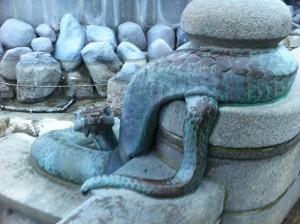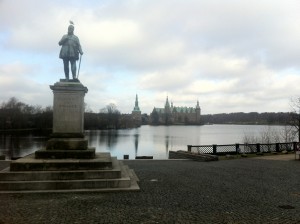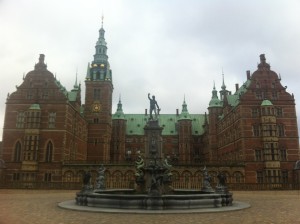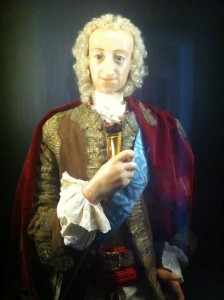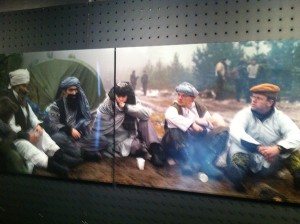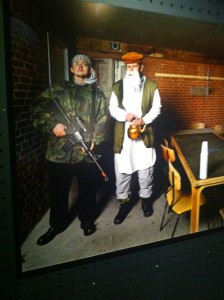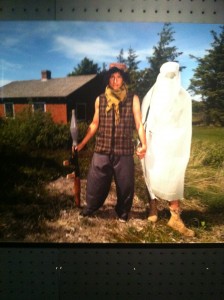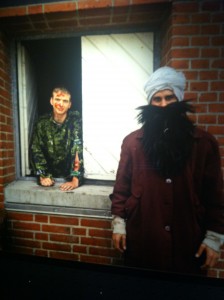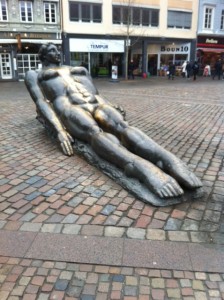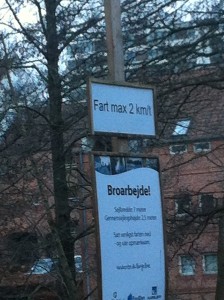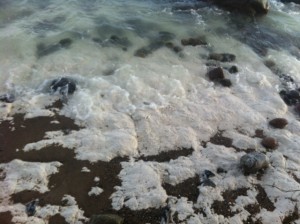My Danish teacher called it “the most dramatic day in Denmark since World War II.” Two innocent people died and six were injured, a tragedy. On the same day, a man named Eric Roman expired on the way to a New York City hospital. His death from multiple gunshot wounds ended a new record: 12 days without a homicide in New York City, the longest streak since the city began recording homicides in this way in 1994.
Denmark is different than NYC, certainly. It has fewer people, for one. But it also sees itself as the safest country around. No dangerous terrain (highest point in the country stands around 700 feet!), no dangerous animals, no dangerous weather, and no dangerous people. Danish police are primarily trained in communication rather than use of lethal force. In a picture that perfectly sums up how many Danes want their police force to be used, officers stop traffic to let a family of swans cross the road:

https://nordicnomads.files.wordpress.com/2013/06/1480022-1366×768-desktopnexus-com.jpg
Clearly this was not the scene on Saturday afternoon and evening, as a man freely unloaded bullets from his three semi-automatic weapons not far from where the image above was captured. More interesting than the actual event, in my belief, will be the aftermath. Denmark prides itself on being a trusting society, yet it was surveillance cameras that helped police capture Saturday’s shooter. When I toured Denmark’s main parliament building earlier this week, my host dad was quick to point out how different it was from touring the White House. Anyone can get in, no reservations, no security checkpoint. Will this continue to be the case? Will babies continue to be left in prams as trusting mothers pop into a cafe for a cup of coffee? Will police officers be a common sight? Hours of walking around Copenhagen will generally bring you within view of one or maybe two. Have Denmark’s lax security measures arisen from an actual cultural difference, or simply the good fortune to have gone this long without commonplace violence?
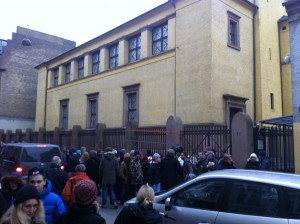
view of the synagogue (site of second shooting) Monday afternoon
Secondly, there is the issue of race. Much of Denmark is entrenched in xenophobia, and I’ve heard many racist comments spoken about the recent influx of Arabic immigrants into Denmark. The Danish political party with the most representatives in parliament, the Danish Folkeparti, is headed by a man who recently suggested a boycott of the ubiquitous grocery store chain, Fotex. Fotex had recently posted an advertisement in one of their stores in Arabic, and many Danes took offense to this. The same Danes, likely, with which I am able to speak English freely. While talking to a Middle Eastern man on a bus recently about this issue, he told me that Danes have a word similar to our N-word that is used on all people of color as a blanket derogatory term. Another man, this one white, suggested that it would be easier and much preferred to kick all the Muslims out, rather than increase security measures in response to Saturday’s attack. On the other hand, many thousands of Danes turned out for a rally in support of Muslims on Monday night, just two days after the shootings. They wanted to make sure that Muslims in their communities were not victimized for the act of one individual. Only around 50 people showed up for a counter rally by PEGIDA, Patriotic Europeans Against the Islamization of the West.
Interestingly, the whole conversation of immigration and its obvious ties to race issues takes on a whole new framework in Denmark. While the underlying understanding in the US is that we are all descendants of immigrants, the same is not true in Denmark. Danes have been on this small land mass for over a thousand years, and they are a direct descendant of the original inhabitants of this place. How much does this matter? Does this place belong to them in some way?
